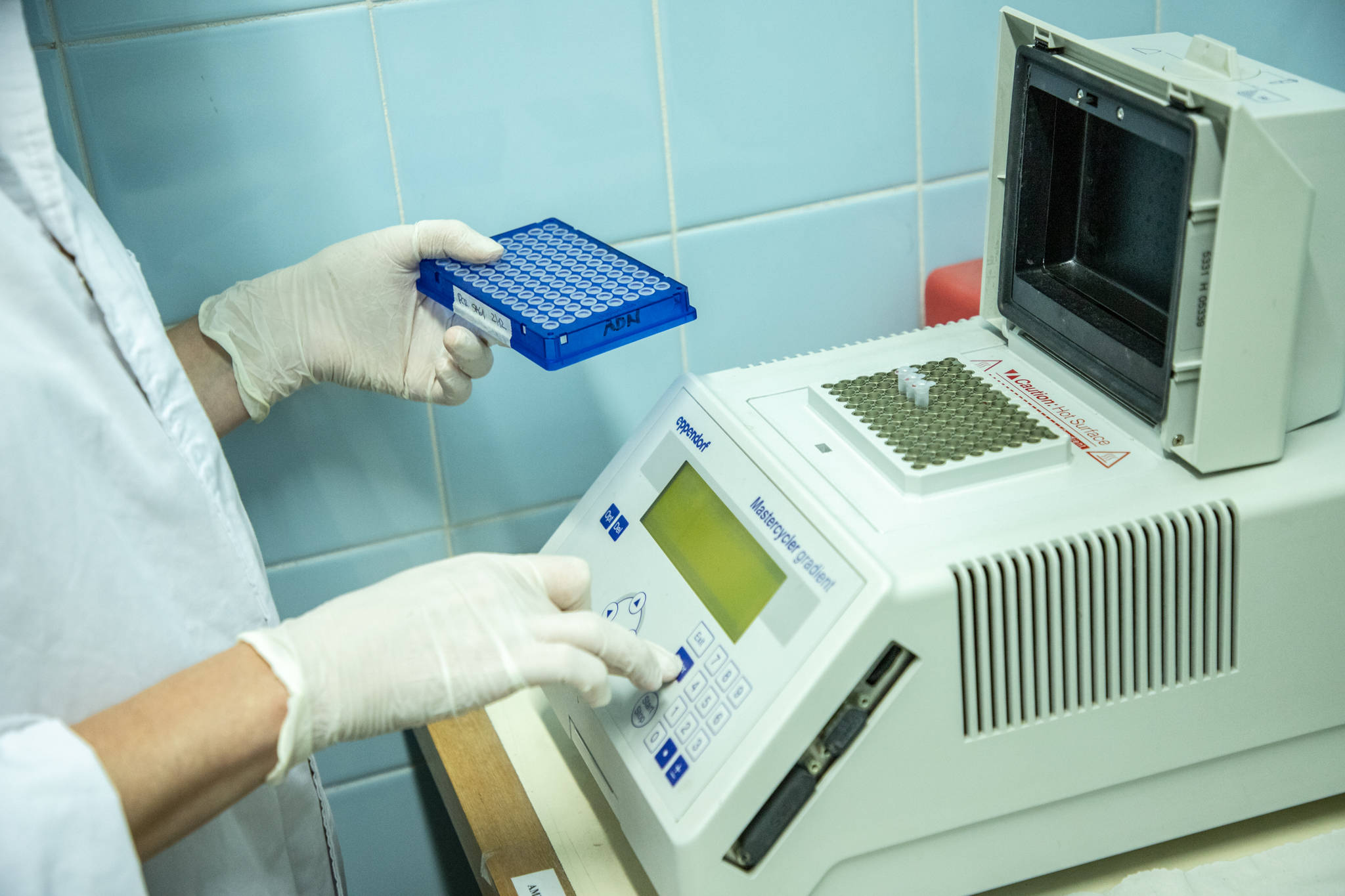This intestinal parasitosis is caused by a protozoan of the genus Eimeria and causes losses throughout the world, being the main cause of decrease in productive yields in all production scales.

In the AF productions of the region studied so far, neither the prevalence, the circulating Eimeria species were known.
The parasite is eliminated with feces, in the Ooquyste stadium, spreads and persists in the environment for long periods. In 69 family farms, samples was carried out to obtain biological material (bed, fecal matter and intestines) for its traditional and molecular diagnosis with consensual protocols.
In total, sampling represents 14,661 birds (Gallus gallus) aimed at the production of chicken meat and chicken eggs. The general prevalence found was 84.2 %, being 100.0 and 78.6 % on farms for meat and egg production in Argentina, respectively, and 84.2 % in Chile's egg farms. The quantification of the parasite obtained, that is to say the number of oocysts per gram (OPG) demonstrated an extremely significant difference (p <0.0051) between the farms destined for the production of meat and eggs of Argentina, the values of oocysts being higher In the grill chickens. Also, extremely meaning differences were found (p <0.0002) between the OPGS values in the productions of eggs in Argentina and Chile, finding lower parasite values in Chile. The results of molecular typification carried out in the farms of Argentina revealed the presence of the 7 species of chickens, of which 72 % of the infections occurred with multiple species (entering 2 and 7 species) and 28 % were infections With a single species. The most frequently found species were E. Aumervulina, E. Maxima, E. Tenella, and E. Mitis. From the samples made on the different visits, an oocyst bank was generated and the 4 most frequent species for the fulfillment of the subsequent components of this project were generated.
In total, sampling represents 14,661 birds for meat and eggs. The general prevalence found was 84.2 %, being 100 and 78.6 % in farms for meat and egg production in Argentina, respectively, and 84.2 % in Chile's egg farms. The quantification of the parasite will obtain an extremely significant difference between the farms destined to the production of meat and eggs of Argentina, the values of oocysts being higher in the chickens. Also, extremely meaning differences were found (p <0.0002) between the OPGS values in the productions of eggs in Argentina and Chile, finding lower parasite values in Chile.
The results of molecular typification carried out revealed the presence of the 7 species of chickens, of which 72 % of the infections occurred with multiple species (between 2 and 7) and 28 % were infections with a single species. The most frequently found species were E. Aumervulina, E. Maxima, E. Tenella, and E. Mitis. Of the samples made on the different visits, an oocyst bank was generated and the 4 most frequent species was isolated.
42 % of the establishments use disinfectants and only 19 % of the producers use quaternary ammonium that is effective against the parasite. Most of those surveyed (67.4 %) do not use chemical drugs or as prophylaxis or as a control of parasitosis. 48.5 % of both countries do not know the disease, being in Chile a very high proportion of producers (94.7 %).




